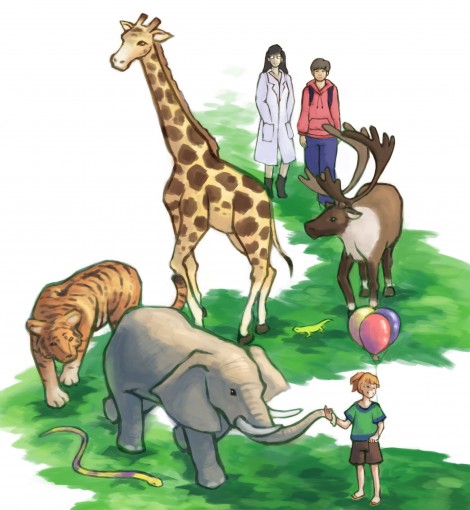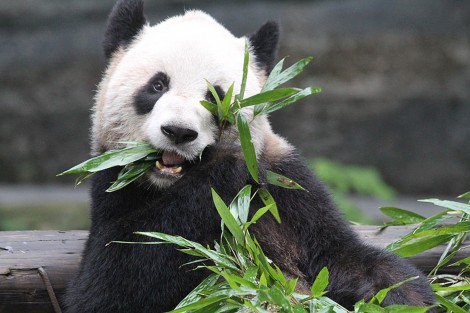A menagerie does not sound like a place where families would likely take their children on a Saturday afternoon, but the reality is that most of us have been to a glorified menagerie. Although it may sound foreign to some, a menagerie is simply a private collection of animals. The creation of menageries was a tradition among the wealthy for thousands of years. This practice gave birth to what are known today as zoological gardens or, more simply, zoos. Although ancient collections of animals could be considered zoos, the modern zoo came at a time of enlightenment — during the 19th century, when people were curious, and fed their hunger for knowledge by observing animals.
Over the past few centuries, the modern zoo has evolved and subsequently been criticized for the mistreatment and exploitation of animals for entertainment. Investigation of this criticism has led scholars to believe that zoos have exponential power to both educate the public on endangered species and conserve said species.
The Role of Zoos in Conservation, a course taught by Professor Malcolm Campbell at the University of Toronto’s Scarborough Campus, is the result of a partnership between the university and the Toronto Zoo. The course, which has been taught since 2008, has given UTSC students a unique opportunity to interact with the Toronto Zoo directly through lectures and on-site encounters with zoo experts and affiliates. The university has a reputation for giving students many different opportunities through its partnerships with institutions across
the GTA.
The students at UTSC who participate in The Role of Zoos in Conservation are being given valuable tools for the protection of animals. With Earth’s pending environmental situation, being able to understand how conservation works is possibly one of the most valuable skills a student can have. Many species, including some of Canada’s most cherished — such as the grizzly bear and the woodland caribou — are considered “umbrella species.” The protection and conservation of an umbrella species in the wild result in the protection of a whole variety of species and ecosystems. Therefore, although protecting animals in zoos may be viewed as controversial, zoos actually help conservationists do research — so that our planet can be enjoyed for generations to come.
The Toronto Zoo by the numbers
40: species survival plans that the zoo is involved with
70: university students working with the zoo during the summer
2: Pandas at the Toronto Zoo
6: Zoos with pandas in captivity in North America
24: Black-footed ferrets reintroduced in 2009 to Grasslands National Park
0: Black-footed ferrets in their native Canada prior to the reintroduction




